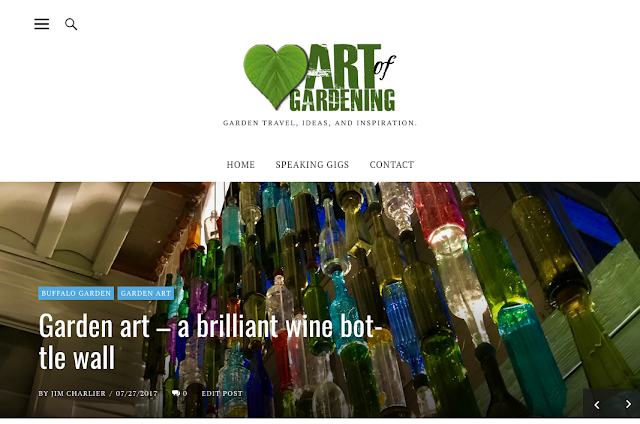Narrow, plant-filled alleys of Cinque Terre, Italy
Maybe its living among cliffs; maybe it's wanting to see green life in shadow-filled narrow spaces; or just the desire to bring some of the gorgeous Mediterranean plant life in dense urban settings; whatever the reason for purchasing planters, planting, and caring for so many plants in these narrow spaces–it definitely makes for a beautiful and photogenic passageways.
 Cinque Terre (five lands) is actually five distinct Italian fishing villages in northern Italy along the rugged terraced coast of the Mediterranean – Monterosso al Mare, Vernazza, Corniglia, Manarola, and Riomaggiore. The villages and surrounding hillsides are all part of the Cinque Terre National Park and is a UNESCO World Heritage Site. There are great hiking trails between each village – decent hikes for people who enjoy hiking. The villages are close – if it weren't for the serpentine coastline, you'd be able to see all of them from any vantage point from any of the five. In our August 2013 trip to Italy, this was one of our most anticipated stops.
Cinque Terre (five lands) is actually five distinct Italian fishing villages in northern Italy along the rugged terraced coast of the Mediterranean – Monterosso al Mare, Vernazza, Corniglia, Manarola, and Riomaggiore. The villages and surrounding hillsides are all part of the Cinque Terre National Park and is a UNESCO World Heritage Site. There are great hiking trails between each village – decent hikes for people who enjoy hiking. The villages are close – if it weren't for the serpentine coastline, you'd be able to see all of them from any vantage point from any of the five. In our August 2013 trip to Italy, this was one of our most anticipated stops.We hiked them all, starting in Monterosso - hiking to Vernazza and having lunch, hiking to Corniglia for gelato, then walking to Manarola for happy hour and snacks, then off to Riomaggiore for dinner. You can tell we're food-motivated hikers. And why not - this area of Italy is known for its seafood including anchovies. Their pesto sauce is renown, focaccia is found everywhere, as are olives, along with local wines produced from grapes grown on terraced vineyards between the villages.
All five are centuries old–starting around the 1100s–there are no roads! Car traffic is minimal, if not nonexistent. Travel between them, for tourists, is limited to train, boat, or by foot. Not having been built for roads, the "streets" within each village are narrow passageways between tall buildings on terrain that varies greatly in height.
 The sun is so ever-present along the ocean here – rainy days are scarce. The alleyways do not have dense shadows until very late in the evening. Mostly it is filtered light and residents take advantage of what light there is by planting where they can - plants in pots, holes, alcoves, climbing walls, tin cans, cups, boxes, barrels, pails - anything that will hold a handful of soil.
The sun is so ever-present along the ocean here – rainy days are scarce. The alleyways do not have dense shadows until very late in the evening. Mostly it is filtered light and residents take advantage of what light there is by planting where they can - plants in pots, holes, alcoves, climbing walls, tin cans, cups, boxes, barrels, pails - anything that will hold a handful of soil.
For a quick video I made of the hike between villages, visit here.












Comments
Post a Comment